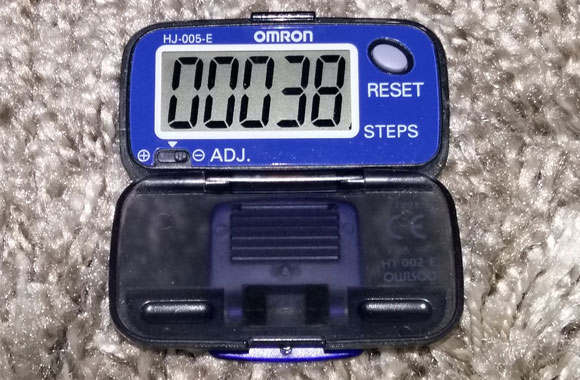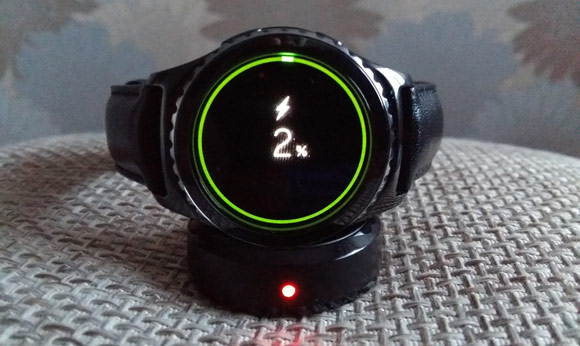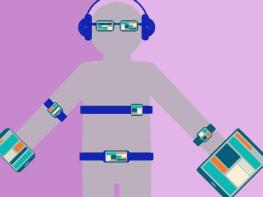This time last year most industry pundits were starting to shift their opinions. After dismissing the smart watch outright, they started to embrace it. Coincidentally this happened around the same time that the Swiss watch industry started doing the same.
Apart from a geeky programmer friend who has a Pebble and a journalist sporting an Apple Watch “purely for research purposes”, I have yet to see enough people wearing a smart watch to either gauge the size of the market or ask for some independent reviews.
Christmas at the O’Neil household, however, offered an interesting real-world experience as to how smart watches and wearables in general are used and perceived. For the purposes of this unscientific observation, the O’Neil family can be considered as an average family, living in an average house on an average housing estate in an average suburb of an average English town (let’s gloss over the fact that two of its members spend the rest of the year working in Switzerland).
The results of the observation can be summarized very succinctly:
Frank O’Neil (father), who wears a pedometer that was sufficiently easy-to-use for my 80 year-old grandmother: “I have walked to the village to get the newspaper and done 3,000 steps”.

Paul O’Neil (eldest son), who wears a Jawbone UP3 connected bracelet on the opposite wrist to his watch: “I slept for 7 hours and 38 minutes, of which 53 minutes were REM sleep, three hours 45 minutes were deep sleep and three hours light sleep. When I woke up my resting heart rate was 66 beats per minute, while my average passive heart rate over the last seven days was 71 beats per minute. The two runs I did through bog-like terrain in the rare bright spells between two weeks of torrential downpours burned a couple of thousand calories."

Mark O’Neil (younger son): “I’m not wearing my watch. It’s on charge.” He’ll hate me for this, but he did say this twice when I asked him and the only time I saw him genuinely use any of the functions of his smartwatch (including the time!) was to read an SMS from his girlfriend confirming her flight details before she joined us for our traditional Christmas dinner. In the interests of fairness, I sent him a draft of this article and he told me that this wasn’t totally fair. “I used it a lot when you weren’t here,” he said, “mainly to tell the time and count steps and distance on walks, plus checking the weather and messages.”

It may be overly simplistic, but I think this does get to the heart of the matter. Like the telephone that it must compulsorily be “synced” with, the smartwatch has a battery life of a couple of days at best (the Frédérique Constant “Horological Smartwatch is the notable exception, but it doesn’t have a digital display to power). As such, it spends an inordinate amount of time being charged. As for my connected bracelet, it works fine for around a week before it needs charging, syncs automatically with my phone throughout the day without being intrusive and reminds me with a gentle vibration if I have been inactive for a prolonged period (as I have been while writing this article). But crucially, I can wear it as well as a watch, rather than instead of one.
This is my personal opinion, of course, but after Fitbit, maker of the world’s best-selling fitness tracker, presented its smart watch at this year’s CES in Las Vegas, the company’s share price plummeted by a staggering 18 per cent! Consumers may still be clamouring for the TAG Heuer Carrera Connected, but such investor reaction suggests that the smart watch market may already be reaching saturation point.




